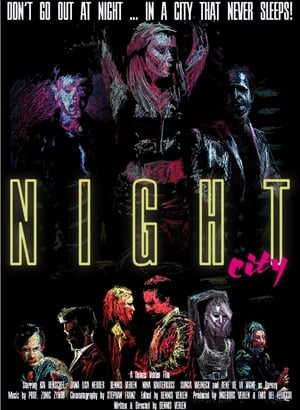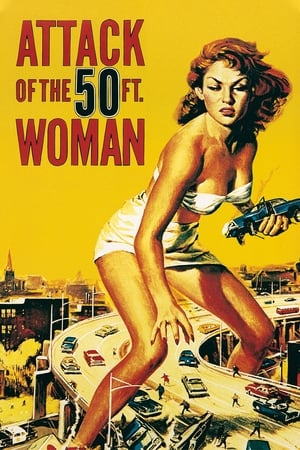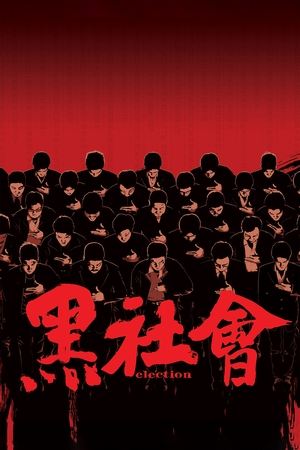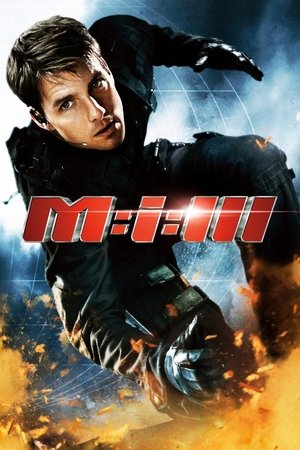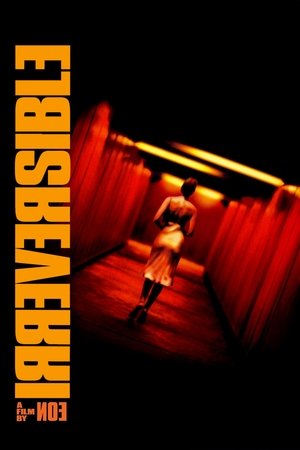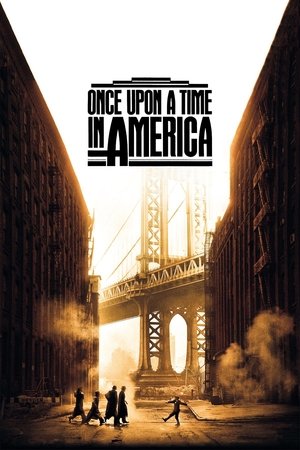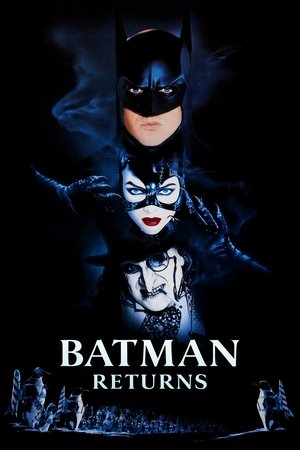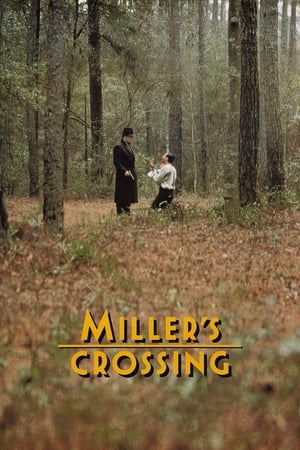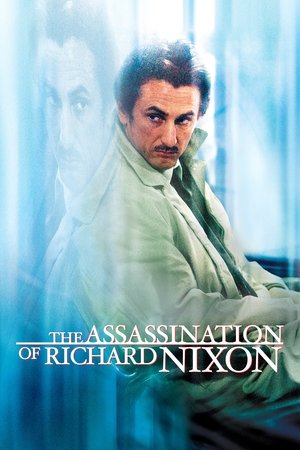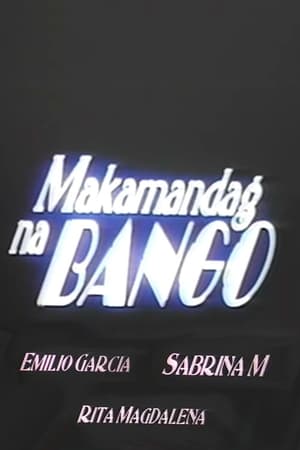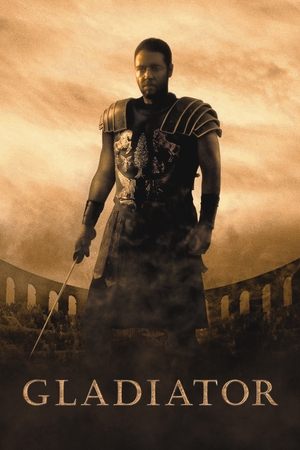Overview
Pandian, the son of a cop and a wannabe rowdy, falls in love with Kadambarai, a hearing-impaired girl, who wants him to take on Killivalavan, a gangster-politician who has murdered her parents.
Reviews
Right in the opening scene of Naanum Rowdy Dhaan, director Vignesh Shivan makes it clear what we are in for — a quirky — and at times darkly funny — comedy. We see a young boy, Pandian, sitting inside a prison cell, and just when we think that he is a juvenile prisoner, we are shown that he is actually the son of the station's inspector, Meenakumari. He strikes up a conversation with a small-time gangster (Naan Kadavul Rajendran, who gets a funny scene later on, which involves a pistol which makes a 'meow' sound when it goes off) in the cell, and this inspires him s much that he decides that he wants to become only a rowdy and not a police officer.
The boy grows up into a young man (Vijay Sethupathy) who behaves like a rowdy (his den is painted with fluorescent paint where the rates of various jobs (from cutting off one's hand to cross calling are graffitied), even though the only tussles that he is asked to mediate is between schoolboys. And the story he had heard from the prisoner in the cell impacts his life once again. A character from the story, Kadambari walks into his life. She is a hearing-impaired girl whose cop father, who had gone after Killivalavan (Parthiban), the gangster-politician responsible for his wife's death, is missing and she requests him to track him down. Pandian is smitten by the girl and decides to help her. Things come to a stage when Kadambari tells him that she will live with him only if he can defeat the gangster who took away the people close to her.
The plot might come across as a serious revenge drama, but Vignesh Shivan displays a lightness of touch throughout that makes the film so much fun. And, he keeps things breezy even when situations get serious. There is always a funny one-liner or a bouncy musical cue waiting to make us relax, and the comical and emotional beats of the film are brought together seamlessly in an admirable way. He is aided in this task by his music director Anirudh's rollicking score (and songs, which, for a change, are not bathroom breaks but add to the mood of the scenes), cinematographer George C Williams' gorgeous frames and editor Sreekar Prasad's cuts which keep even the serious scenes fleet-footed. The segment where Pandian and his friends try to kidnap Killivalavan is among the hilarious moments we have seen in Tamil cinema this year. The plan, as we expect, goes gloriously wrong, but is comedic gold.
The director also adds a bit of novelty to the storyline by showing us certain scenes and then going back to them at a later stage to give us a complete picture. Early on, Kadambari is brought into the police station when she is found wandering alone at night and picking up a fight with the cop. And when Vignesh shows us what had actually happened, things fall into place with an ease that is to be seen to believe.
There are a couple of moments where the film threatens to descend into melodrama. One happens when Kadambari gets news of her father's death and mourns for him. This scene goes longer than necessary and is shot in a self-conscious fashion (a close-up of Pandian and Kadambari's lips) that only yanks us out of the film. The other takes place in the midst of a shoot-out when we are told something has befallen Pandian's mom. We get a pay-off to this scene during the closing credits but it only comes across as indulgent.
The actors are terrific. There is none of the mannered performance that we saw in Vijay Sethupathy in films like Orange Mittai. Instead, he seems relaxed and that helps turn the character into a charmer. Parthiban has some crackling scenes and the actor manages to make Killivalavan comical and menacing at the same time. This is one of the strong performances of Nayanthara; perhaps, dubbing for herself has actually helped. And her disability is refreshingly handled in a matter-of-fact way (there is no solo violin wailing in the background to make us empathise with her) and the film has fun playing around her impairment (the scene where she is kidnapped by Anandraj, who play a small-time rowdy, is hilarious). RJ Balaji raises a smile every now and then with his pop cultural references. He even uses the screen persona of yesteryear villains Anandraj and Mansoor Ali Khan to add humour to the scenes. The only one who gets lost is Radikaa, with a character that stays offscreen after the initial scenes. Maybe, that is why the director chose to have the closing credits scene.

 140 min
140 min
 6.457
6.457
 2015
2015
 India
India
 timesofindia wrote:
timesofindia wrote: